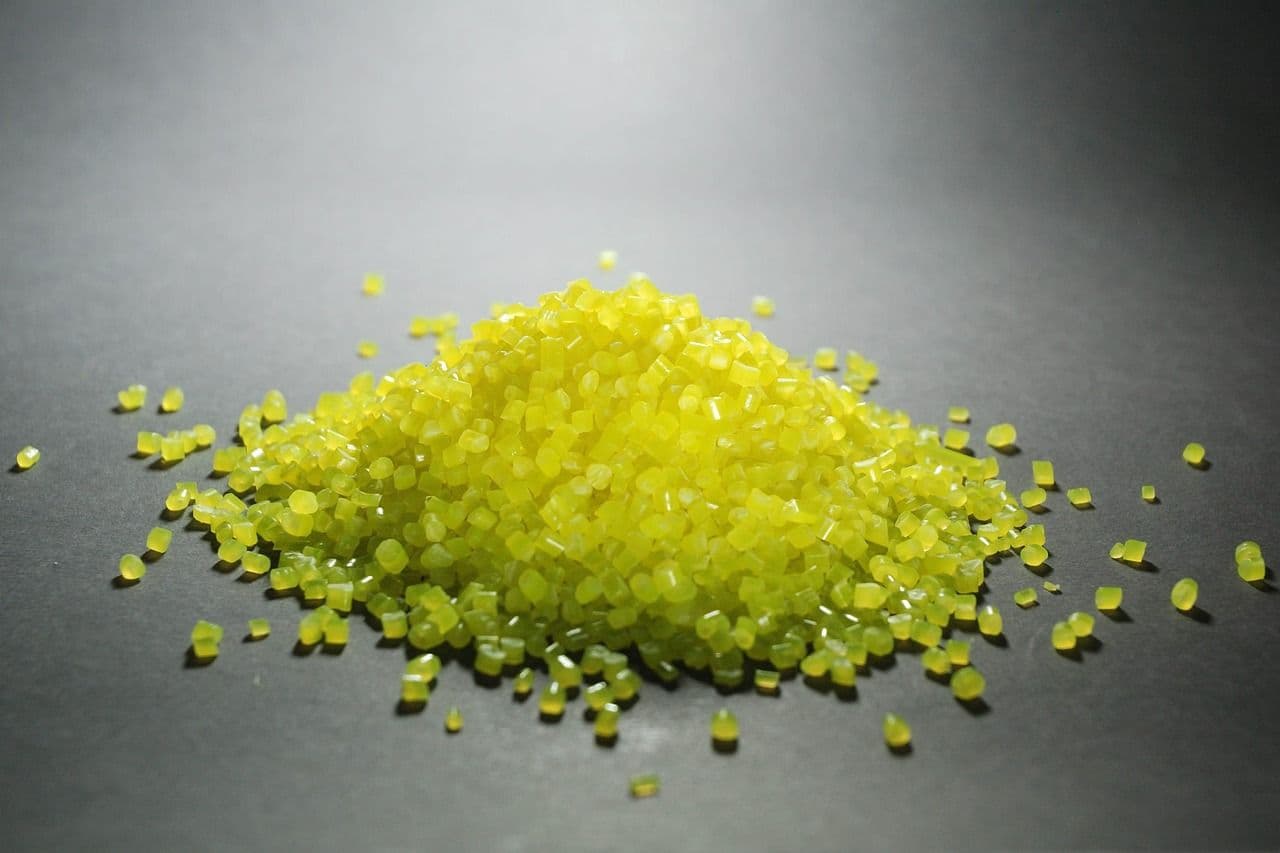In the world of advanced materials, the demand for precision, repeatability, and efficiency is higher than ever—especially in research and development (R&D) environments. Among the essential tools aiding breakthroughs in material science is the laboratory mini hot press, a compact yet powerful instrument widely used in polymer and composite material research.
What Is a Mini Hot Press?
A mini hot press is a benchtop device designed to apply controlled heat and pressure to materials. Its compact form makes it ideal for laboratories with limited space, while its precision features enable high-quality sample preparation for testing and development.
Key Features of Mini Hot Press
To support cutting-edge research, mini hot presses are equipped with advanced capabilities:
Precise Temperature Control: Uniform heating with tight tolerances, often programmable for multi-step heating cycles.
Adjustable Pressure Settings: Enables fine control over compaction force, critical for lamination and moulding.
Digital Interface: Intuitive user interface for setting and monitoring process parameters.
Compact and Portable: Fits easily on a benchtop, ideal for labs with limited space.
Safety Mechanisms: Over-temperature protection, emergency stop, and insulated surfaces ensure safe operation.
Customizable Platens: Available with heating or cooling features, adaptable mould sizes, and optional non-stick surface treatments.

Why It Matters in Polymer & Composite Research
Polymers and composite materials are the backbone of innovations in automotive, aerospace, electronics, and biomedical industries. Researchers need reliable methods to mould, laminate, and test these materials on a small scale before scaling up for industrial production. This is where a compact hot press proves its value.
Key Applications in the Lab
1. Sample Preparation for Mechanical and Thermal Testing
High-quality, uniform test specimens are essential for accurate material characterization. Mini hot presses allow researchers to create consistent samples with controlled thickness and shape. These are then used for:
- Tensile, flexural, and impact testing
- Differential Scanning Calorimetry (DSC)
- Thermogravimetric Analysis (TGA)
- Dynamic Mechanical Analysis (DMA)
Because of the precise temperature and pressure control, researchers can minimize internal stress and voids in the samples, which improves the reliability of test results.
2. Thermoforming and Compression Moulding
Thermoplastic polymers can be reshaped using heat and pressure. In research settings, mini hot presses are used to:
- Study flow behaviour and viscoelastic properties
- Evaluate how newly developed polymer blends perform during moulding
- Examine thermal durability through repeated deformation testing
This application is crucial when developing prototype components or evaluating processing feasibility for new materials.
3. Composite Layer Lamination
In composite research, evaluating different layer configurations and materials is a common practice. Mini hot presses are used to:
- Stack and bond fibre-reinforced plies using polymer resins
- Apply pressure cycles to study void elimination
- Create multilayer samples for testing interfacial strength, conductivity, or flexibility
This is particularly useful in studies involving carbon-fibre, glass-fibre, or natural fibre composites.
4. Curing Thermoset Resins and Prepregs
Curing is essential for understanding the behaviour and properties of thermoset polymers and composite materials. A mini hot press can simulate industrial curing processes with programmable temperature ramps and dwell times. This is used to:
- Study curing kinetics and gel time
- Evaluate thermal post-curing effects
- Optimize resin systems and hardener ratios
By replicating exact curing profiles, researchers gain insights into final part performance without needing industrial ovens or autoclaves.

5. Film Formation and Coating Evaluation
Mini hot presses are ideal for forming thin polymer films and evaluating coating materials. Applications include:
- Creating films for optical clarity, barrier properties, or flexibility testing
- Stacking film layers to evaluate bond strength and long-term laminate performance
- Testing coating-substrate compatibility under thermal stress
This is especially useful in packaging material R&D and flexible electronics.
6. Process Development and Optimization
Researchers use mini hot presses to simulate real-world manufacturing on a smaller scale. This is crucial when:
- Advancing from experimental lab models to limited-scale manufacturing
- Testing how process variables (temperature, pressure, time) affect material properties
- Reducing waste and cost in the early stages of product development
The controlled lab environment allows for rapid iteration and fine-tuning before moving to full-scale production.
Benefits for Researcher
- Precision Control: Accurate temperature and pressure settings ensure reproducible results.
- Compact Size: Fits easily into any lab setup.
- Cost-Effective: Ideal for research-scale experiments without investing in full-scale industrial equipment.
- Versatile: Supports a wide range of materials, from polyethylene films to carbon-fibre composites.
Whether you're working on the next generation of lightweight composites or biodegradable polymers, a laboratory mini hot press offers the reliability, control, and scalability that modern research demands. It's a small device with a big impact—pushing the boundaries of what’s possible in material science.
